Today‘s Birdwatching-The Jay
Hello everybody!
I hope you are all doing great!
Today I got a lot of pictures of some Jays-therefore I thought I might make a post about him.
The Jay:
The jay is an imposing bird. Its strong bill is dark gray to black in color. The eye is strikingly bright, often bluish, with a reddish-brown inner and outer ring. The forehead and crown are whitish with black, fine stripes. A strongly contrasting black beard stripe is particularly noticeable. The chin and throat are white. A reddish beige extends from the ear coverts, sides of the neck and nape to the back, shoulders and underside. The lower belly, the
The lower belly side, the lower tail covers and the rump are colored white - the tail is black. The white rump contrasts with this and offers the observer an excellent recognition feature in flight. On the wing there are also black parts. However, the sky-blue colored plumage parts at the wing, which are finely black banded and also decorate the hat of a hunter in many places, are particularly to be emphasized.
Relationship
The jay systematically belongs to the family of corvids (Corvidae) and thus, despite its harsh voice, to the songbirds.
Distribution and population
The jay is a common bird species and inhabits all of Europe. Only in the north of the British Isles and Scandinavia, as well as partly on the Iberian
Peninsula it is occasionally absent. The jay also occurs in North Africa and parts of Israel.
Migratory behavior
The migratory behavior of the jay is extremely complex. By and large, it is a partial migrant whose migratory movements are mostly local or even regional.
Eastern and northern European jays usually leave their breeding grounds in boreal coniferous forests in winter and migrate southwest. Occasionally, this can also be observed in Central European populations.
Especially in late summer and autumn, jays can be observed in small groups migrating through the region and thus sometimes appearing in forest stands outside the breeding areas. In winter they also appear as guests at feeders - but rather as single individuals or in small troops of 2-4 individuals.
Habitat
The breeding habitat of the jay is mostly in sparse stands of deciduous, mixed and coniferous forests. In most cases, these are very structurally rich forest parcels with a high shrub layer and different age classes, clearings, thickets, etc. If there is an appropriate tree population, jays can also be found in residential areas,
in parks and very large gardens as breeding birds. Field groves, hedgerows, orchards and the open countryside are frequented more outside the breeding season. This is mainly due to the presence of appropriate food resources.
Diet
The food spectrum is extremely varied. It is primarily based on the seasonal supply. Insects and their larvae, eggs and young birds, young rabbits, berries,
carrion, various seeds, grain, corn and much more are on the menu of the jay.
Breeding:
The jay leads a monogamous seasonal marriage. The male usually chooses the nest site, which is usually found between 3 and 8m high in the lower tree layer. The nest is built by both partners and consists of twigs and fresh brushwood. The nest hollow is much more softly developed. Grasses, fine twigs, plant fibers, moss, leaves and small pieces of bark cushion the nest and the young birds.
the clutch and the young birds. Towards the end of April, the 4-7 oval eggs are laid. After about 16-17 days, the fledglings hatch and are cared for in the nest for about 3 weeks. After fledging, it takes a relatively long time for the young jays to become independent. Thus, they may be cared for and fed outside the nest for up to four weeks.
But now let‘s get into the images.
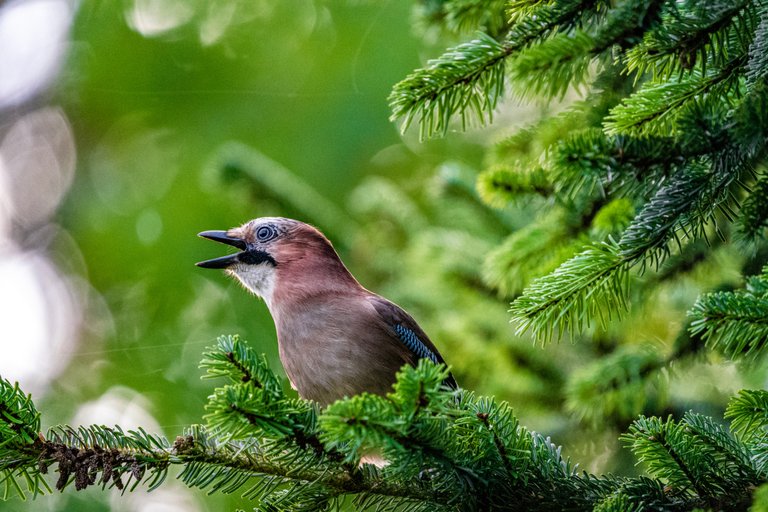
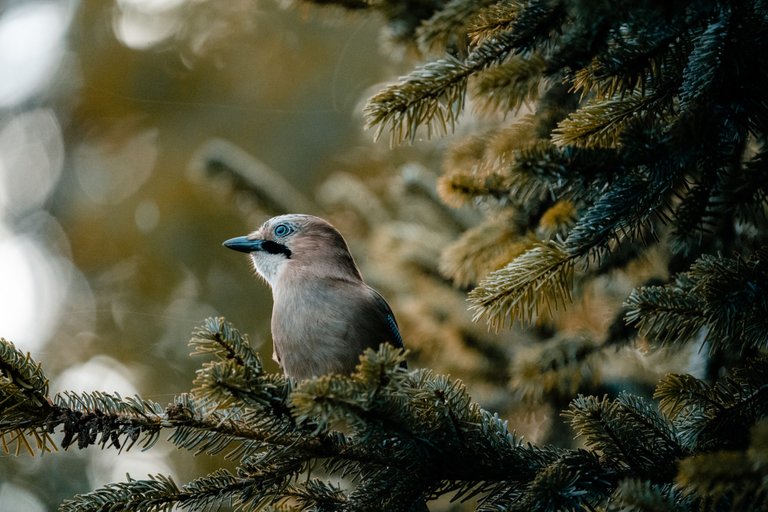
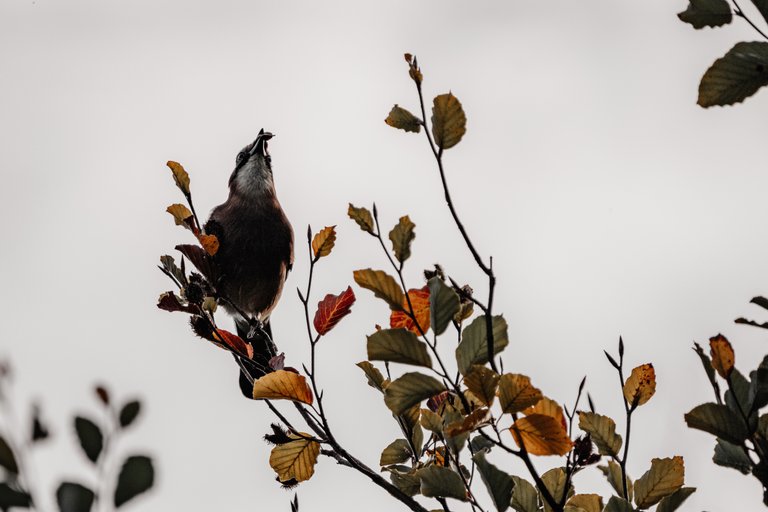
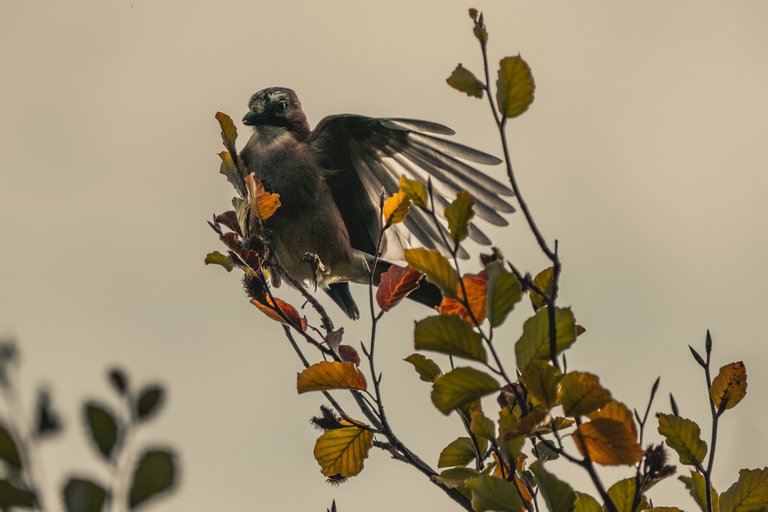
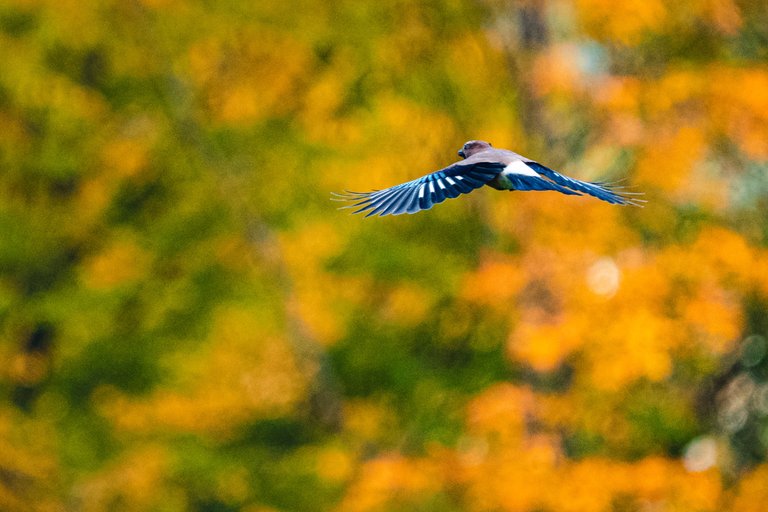
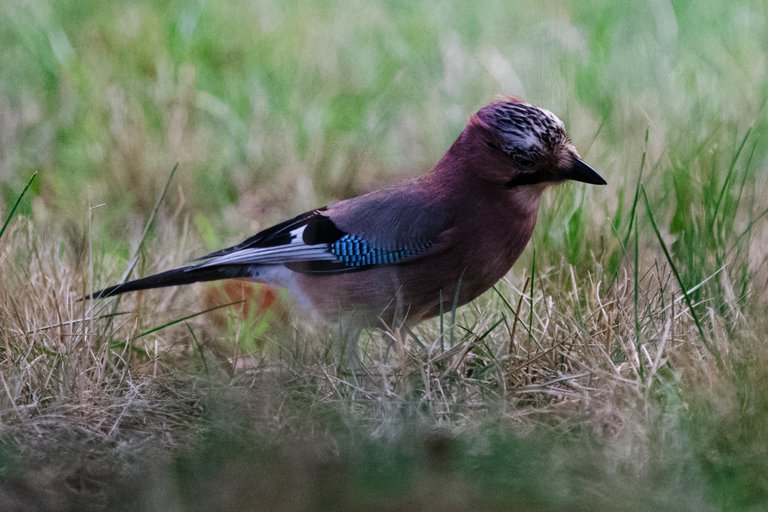
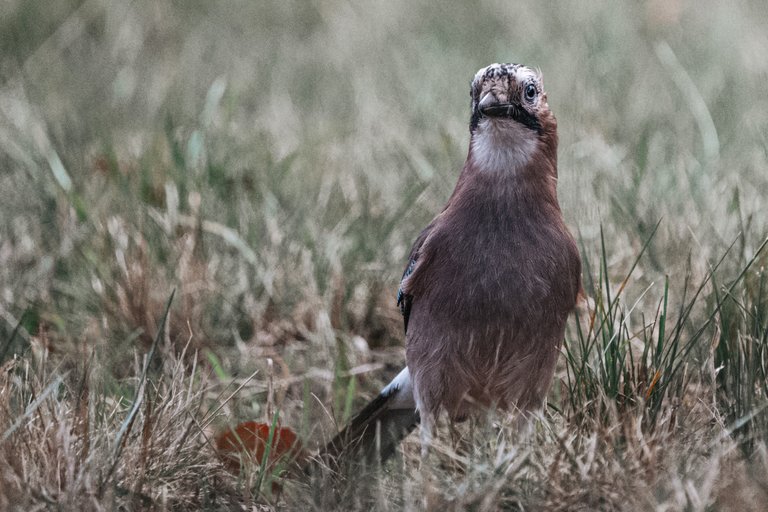
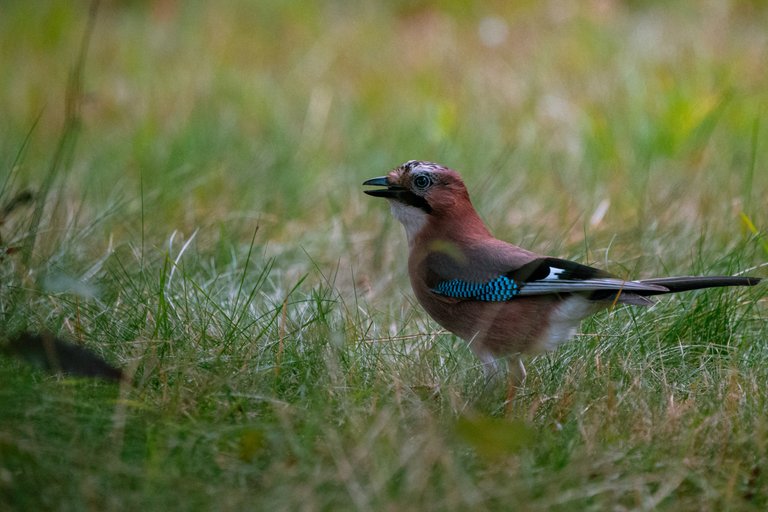
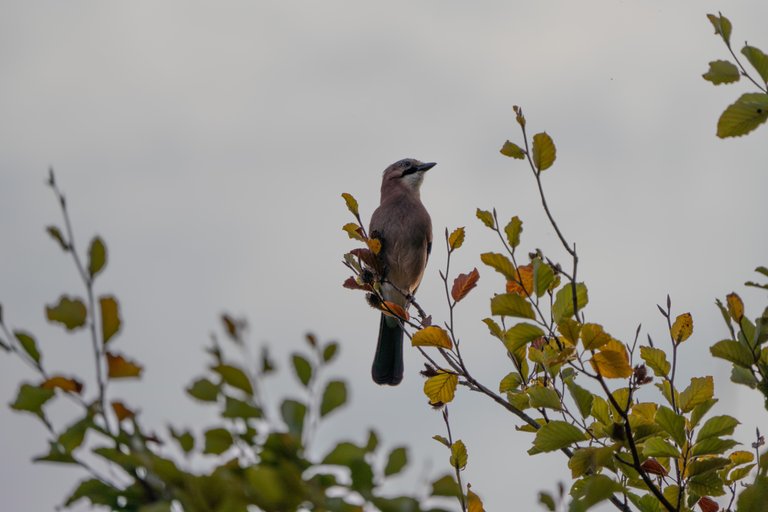
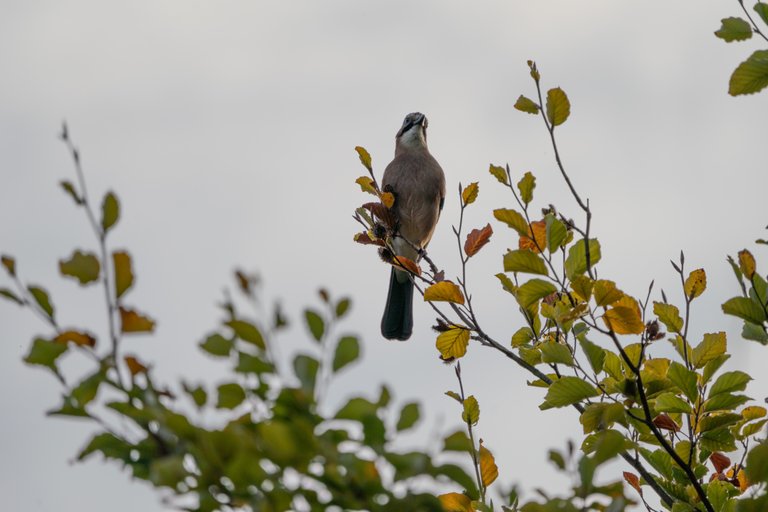
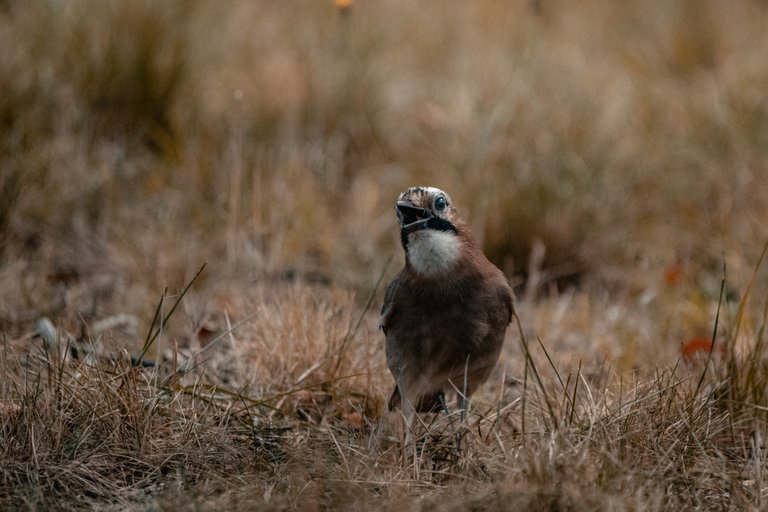
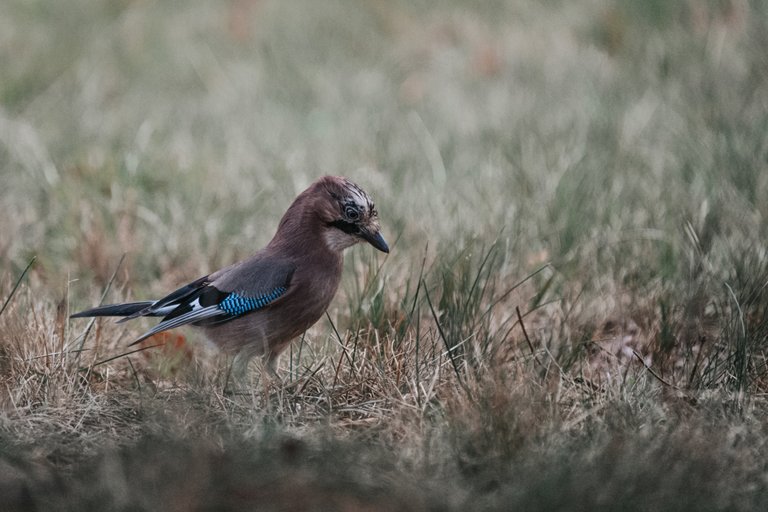
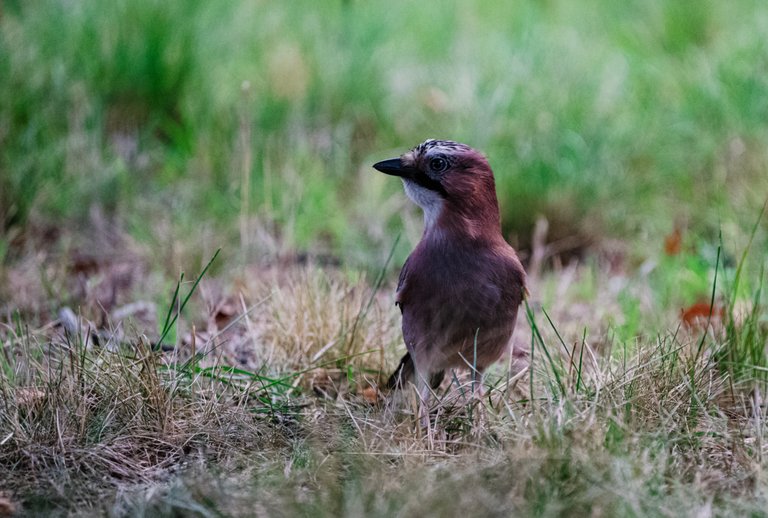
(All images are mine and were taken on the Sony a7RIII with the Sony 200-600mm lens)
Thanks for reading and see you soon!
Feel free to comment which is your favorite picture or to leave some feedback!
Great photos of a wonderful funny bird. They also live here, but a slightly different subspecies, they have a orange-color head.